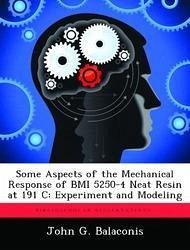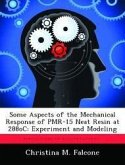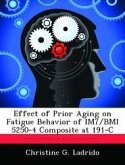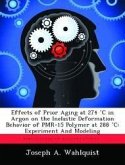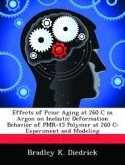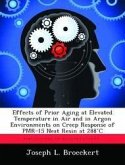The mechanical response of BMI 5250-4 neat resin at 191 C was studied using both creep and recovery tests where several variables were allowed to change. In these tests, the effect of stress rate, prior history, and panel variability were all taken into account. During the creep test, the material showed both primary and secondary creep over 20 h. The recovery tests showed full recovery after it was subjected to 80% UTS. The higher stress rate caused a much greater response in both creep and recovery tests. The prior history was studied by allowing the specimens to go through a stepwise creep test. They behaved similar to the single step creep test when preceded by a loading segment. During creep tests preceded by unloading, the material showed a decrease in creep strain. This decrease grew as the creep stress approached zero. The only difference that could be seen with panel variability was that the UTS dropped dramatically between the panels.
Hinweis: Dieser Artikel kann nur an eine deutsche Lieferadresse ausgeliefert werden.
Hinweis: Dieser Artikel kann nur an eine deutsche Lieferadresse ausgeliefert werden.

